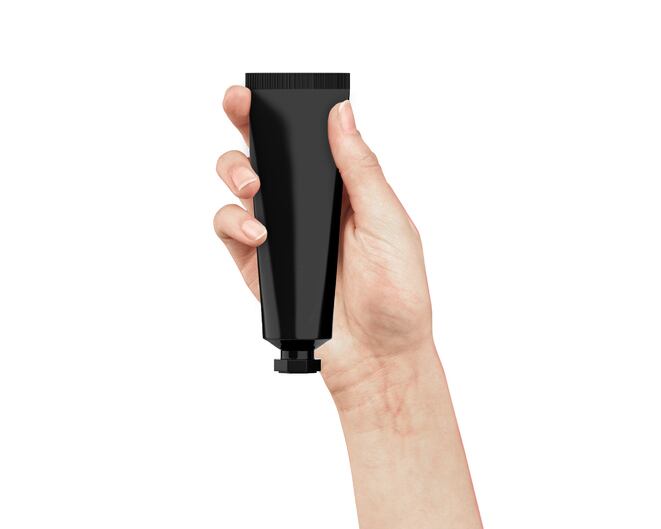Writing in its international patent, Unilever said it had used a multilayer post-consumer resin design to achieve the sustainable black plastic packaging suitable for personal care, beauty, cosmetic, home care and food products. It said the invention enabled black plastic waste to be re-used in new packaging across these categories – currently complex to do with today’s global recycling streams – and the significant reduction of virgin plastics.
Earlier this year, TerraCycle’s CEO said a robust global recycling market was a long way off and widespread industry innovation was required for true change to happen.
Post-consumer recycled (PCR) plastic advances
Whilst Unilever said industry efforts had been made to use near infrared (NIR) detectable black pigments on grey post-consumer recycled (PCR) plastic, final colours obtained were substantially different to those achieved when virgin plastic was coloured with the same pigment. The resulting packaging was usually “unsuitable for sale”, particularly for the sale of premium products, it said.
Carbon black pigment offered one possible alternative, Unilever said, but plastic or PCR coloured this way could not be detected by the current NIR sorting systems so widely used in material recovery facilities and processors, meaning it was generally still treated as waste.
“A need therefore remains to create a circular economy for coloured and/or black plastic by bringing the waste coloured and black plastic into new packaging while using near infrared (NIR) detectable pigment in the colourant masterbatch,” Unilever wrote in its patent filing.
The company said it had managed to produce black-coloured packaging made with more than 95% PCR materials, specifically recycled high-density polyethylene (HDPE), with a final colour that was considered acceptable amongst consumers. It had done so by creating a multilayer packaging made with an inner and outer layer of post-consumer resins (PCRs).
“Surprisingly it has been found that a sustainable packaging in consumer acceptable black using NIR detectable pigment can be obtained by using a multilayer post-consumer resin, comprising a thinner outer layer of post-consumer resin of natural plastic waste (N-PCR) and a thicker inner layer comprising at least 50% coloured plastic waste (J-PCR),” Unilever wrote in its patent filing.
When used in a bilayer, it said the ideal weight ratio of outer to inner layer was 1:5.
The multilayer design enabled the outer N-PCR layer to provide the “more intense colour” using a “colourant masterbatch” – a NIR detectable pigment made from known colours, preferably black, dispersed at high concentration in a carrier material such as a biobased plastic, oil or PCR resin.
This outer layer then masked the inner layer, reducing malodour associated with J-PCR. Unilever said it was possible to add a second inner layer if necessary, creating a tri-layer packaging.
Sourcing materials already ‘available’ in the market
And sourcing the materials for this multilayer packaging was simple, it said, with N-PCR typically sourced from milk, dairy or similar bottles and J-PCR from coloured plastic waste found in other consumer bottles.
“Both N-PCR and J-PCR are available in the market form various suppliers such as Viridor, QCP and Biffa in Europe and KW plastics in North America,” Unilever said.
The company said the final sustainable packaging could be produced using blow molding and extrusion blow molding.
WIPO International Patent No. WO/2021/151797
Published on: August 5, 2021. Filed on: January 22, 2021.
Title: “Post consumer resin packaging”
Inventor: Unilever – L. Dewson and Y. Naidoo




